Home>Furniture>Outdoor Furniture>How To Attach A Hammock To A Tree
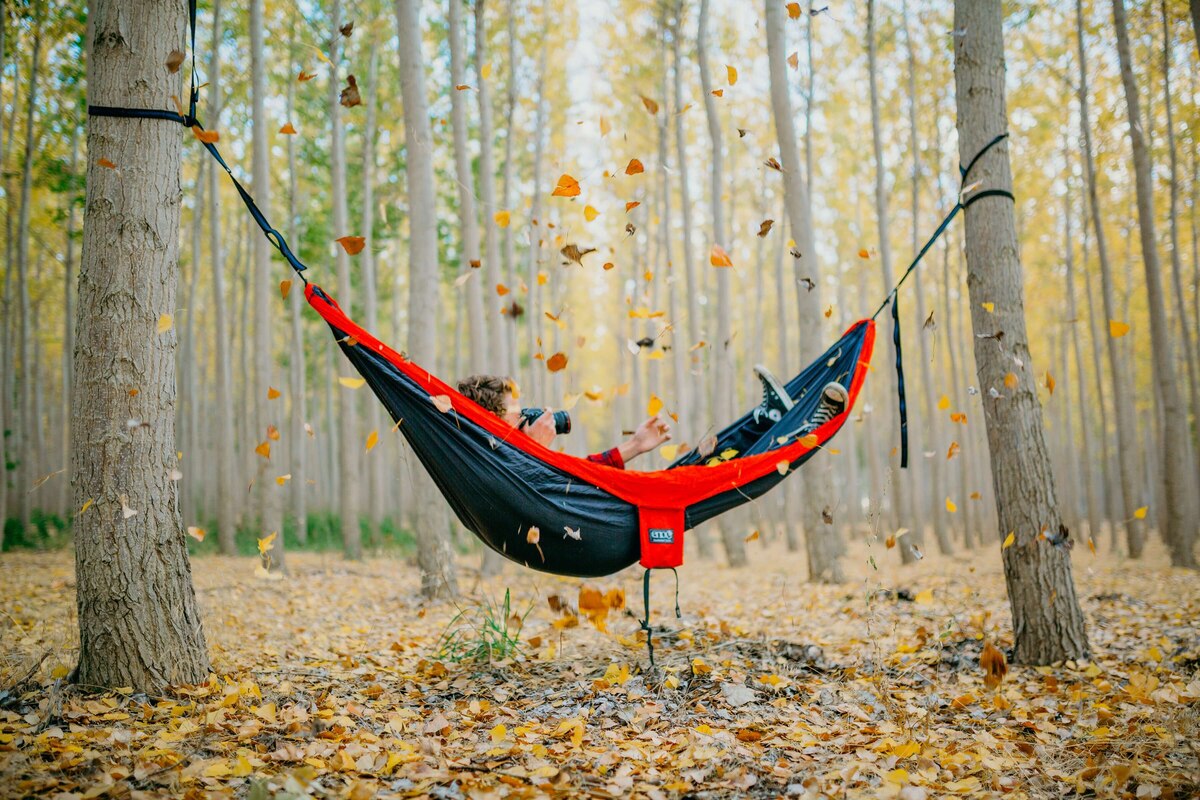

Outdoor Furniture
How To Attach A Hammock To A Tree
Modified: April 23, 2024
Learn how to attach a hammock to a tree for the ultimate outdoor furniture experience. Secure and relax in style with these simple steps.
(Many of the links in this article redirect to a specific reviewed product. Your purchase of these products through affiliate links helps to generate commission for Storables.com, at no extra cost. Learn more)
Introduction
Welcome to our comprehensive guide on how to attach a hammock to a tree! Hammocks are the epitome of relaxation, providing the perfect spot to unwind and enjoy the great outdoors. Whether you’re planning a camping trip or simply want to create a peaceful corner in your backyard, attaching a hammock to a tree is a simple and effective way to set up a comfortable resting spot.
In this article, we will walk you through the step-by-step process of attaching a hammock to a tree. From selecting the right location and hammock, to properly inspecting the tree and ensuring a safe attachment, we will cover all aspects to make your hammock experience enjoyable and worry-free.
Before we dive into the details, it’s important to mention that safety should always be a top priority when setting up a hammock. We will provide some helpful safety tips along the way to ensure you have a secure and enjoyable hammocking experience.
So, let’s get started on this exciting journey, as we explore the art of attaching a hammock to a tree!
Key Takeaways:
- Choose healthy, sturdy trees and inspect them carefully before attaching a hammock. Prioritize safety, use high-quality straps, and follow weight capacity guidelines for a secure and enjoyable hammocking experience.
- When setting up a hammock, consider location, tree health, and hammock type. Adjust height and tension for comfort, and always prioritize safety to ensure a worry-free and relaxing experience.
Read more: How To Tie A Hammock To A Tree
Choosing the Right Location
When it comes to choosing the right location for your hammock, a little planning goes a long way. Here are some factors to consider:
- Sturdy Trees: Look for two sturdy trees ideally spaced about 12-15 feet apart. The trees should be healthy, with thick trunks and strong branches. Avoid trees that are rotting, leaning, or show signs of damage.
- Clearance: Ensure there is ample space around the trees to hang the hammock without any obstacles. Remove any low-hanging branches or debris that may interfere with the hammock setup.
- Level Ground: Find a spot with relatively level ground. This will provide stability and prevent you from sliding off the hammock. Avoid areas with steep slopes or uneven terrain.
- Privacy and View: Consider the level of privacy and the view you desire. Choose a location that offers the tranquility you seek, whether it’s a secluded corner of your backyard or a scenic spot in nature.
- Sun and Shade: Think about your preferred level of sun exposure. If you enjoy basking in the sun, find a spot with ample sunlight. If you prefer some shade, look for trees that provide natural shade during the day.
By carefully considering these factors, you can create an ideal hammock setting that meets your comfort and aesthetic preferences.
Remember, it’s always a good idea to check your local regulations or property restrictions before setting up a hammock outdoors. Some areas may have specific rules or limitations on hammock usage.
Once you have chosen the perfect location, it’s time to move on to selecting the right hammock for your needs.
Selecting the Right Hammock
Choosing the right hammock is crucial for a comfortable and enjoyable experience. Here are some key factors to consider:
- Type of Hammock: Hammocks come in various types, including traditional rope hammocks, fabric hammocks, and camping hammocks. Each type has its own advantages and considerations. Traditional rope hammocks provide a classic look and feel, while fabric hammocks offer added comfort and durability. Camping hammocks are lightweight and portable, making them ideal for outdoor adventures.
- Hammock Size: Hammocks are available in different sizes, ranging from single-person to double and even family-sized options. Consider how many people will be using the hammock and choose a size that accommodates your needs.
- Weight Capacity: Check the weight capacity of the hammock to ensure it can safely support the combined weight of the users. Most hammocks can accommodate a weight range of 200-500 pounds, but it’s always better to choose one with a higher weight capacity for added safety.
- Material: Pay attention to the material used for the hammock. High-quality hammocks are typically made of durable fabrics or ropes that are resistant to weather elements and wear. Look for hammocks made of breathable and quick-drying materials for enhanced comfort and longevity.
- Suspension System: Consider the type of suspension system included with the hammock. Many hammocks come with straps or ropes that are used to attach the hammock to the trees. Look for hammocks with adjustable and easy-to-install suspension systems for added convenience.
It’s also a good idea to read reviews and seek recommendations from fellow hammock enthusiasts to ensure you choose a reliable and high-quality hammock brand. Taking the time to select the right hammock will greatly contribute to your overall hammock experience.
Once you have your hammock of choice, it’s time to move on to the next step: inspecting the tree and ensuring its suitability for hammock attachment.
Inspecting the Tree
Before attaching a hammock to a tree, it’s important to inspect the tree to ensure its suitability and safety. Here are some key points to consider during the inspection:
- Tree Health: Check the overall health of the tree. Look for any signs of disease, decay, or insect infestation. If the tree appears unhealthy or compromised, it’s best to choose a different tree for your hammock setup.
- Trunk Strength: Examine the trunk of the tree and ensure it is sturdy and thick enough to support the weight of the hammock and its occupants. Avoid trees with thin or weak trunks as they may not provide the necessary stability.
- Branches: Look for strong and well-attached branches that can serve as anchor points for the hammock. Ensure there are no dead or brittle branches that could potentially break and cause injury.
- Height: Consider the height at which you plan to hang the hammock. Ensure that the branches or the section of the trunk where you will attach the straps are within a reasonable reach. It’s recommended to hang the hammock at a height that allows for easy entry and exit without dragging on the ground.
- Clearance: Assess the surrounding area for any obstacles or hazards, such as nearby structures, power lines, or sharp objects. Make sure there is enough space for the hammock to swing freely without coming into contact with anything that could cause damage or injury.
By thoroughly inspecting the tree, you can ensure a safe and secure attachment for your hammock. If you have any doubts about the tree’s suitability, it’s always best to choose a different tree or seek professional advice.
Once you have confirmed the tree’s suitability, it’s time to move on to the next step: attaching the hammock straps.
Attaching the Hammock Straps
Attaching the hammock straps correctly is crucial for a safe and secure setup. Here’s a step-by-step guide on how to attach the hammock straps:
- Wrap the Straps Around the Tree: Start by wrapping one strap around the first tree at the desired height. Make sure the strap is snug but not overly tight. Repeat the process with the second strap around the second tree.
- Secure the Straps: Once the straps are wrapped around the trees, feed the free end of each strap through the loop formed by the other end of the strap. Pull the free end tight to create a secure loop. This loop will be used to attach the hammock carabiners.
- Attach the Carabiners: Take the carabiner from one end of the hammock and clip it onto the loop created by the strap. Repeat the process with the carabiner from the other end of the hammock and the corresponding strap. Ensure that the carabiners are securely fastened.
- Tighten the Straps: Once both carabiners are attached, adjust the straps to achieve the desired tension. You can do this by pulling down on the straps and sliding them along the tree until the hammock is at the desired height and level.
- Check the Attachment: Double-check that the carabiners are properly secured and the straps are tightly wrapped around the trees. Give the hammock a gentle tug to test its stability before getting on.
It’s important to note that some hammocks may come with specific instructions for attaching the straps or alternative suspension systems. Always refer to the manufacturer’s guidelines for your particular hammock model.
By following these steps and ensuring a secure attachment, you can enjoy a worry-free hammock experience.
Next, we will cover how to adjust the height and tension of the hammock for optimal comfort.
When attaching a hammock to a tree, use tree-friendly straps to avoid damaging the bark. Wrap the straps around the tree and secure them with a strong knot or carabiner. Always check the weight capacity of the straps and hammock to ensure safety.
Read more: How To Use Hammock Tree Straps
Adjusting the Height and Tension
Adjusting the height and tension of your hammock is essential for achieving optimal comfort and relaxation. Here’s how you can do it:
- Assess the Height: Stand beside the hammock and check if it’s at a comfortable height for you to get on and off easily. Ideally, the bottom of the hammock should be around waist level.
- Adjusting the Straps: To change the height, simply slide the straps up or down the tree. If you want to lower the height, hold onto the strap and carefully move it down the tree. If you want to raise the height, support the weight of the hammock with one hand while sliding the strap up with the other hand. Repeat the adjustment on both ends of the hammock until you achieve the desired height.
- Tensioning the Hammock: To adjust the tension of the hammock, carefully sit or lie in the hammock and assess the sag or tightness. If the hammock feels too loose and close to the ground, you can increase the tension by moving closer to the center and tightening the straps slightly. On the other hand, if the hammock feels too tight and uncomfortable, move away from the center and loosen the straps a bit.
- Balancing the Tension: It’s important to achieve a balanced tension on both ends of the hammock. Make sure the straps are adjusted equally on both trees to maintain stability and prevent tilting or sagging to one side.
- Test and Adjust: Once you’ve made the initial adjustments, lie down and test the comfort level of the hammock. If it still doesn’t feel quite right, make further adjustments to the height and tension until you find the perfect balance for your comfort.
Remember, personal preferences may vary, so take the time to experiment and find the settings that suit you best. Taking a moment to properly adjust the height and tension will greatly enhance your hammock experience.
Now that you have the hammock properly set up, let’s move on to the next step: testing the hammock!
Testing the Hammock
Once you have attached and adjusted your hammock, it’s time to test it out to ensure everything is secure and comfortable. Follow these steps to test your hammock:
- Check Stability: Before getting in, give the hammock a gentle shake to ensure it is secure and stable. The straps should be tightly wrapped around the trees, and the carabiners should be properly fastened.
- Get In Carefully: Step into the hammock one foot at a time, keeping your weight evenly distributed. Slowly lower yourself into a seated or reclined position, allowing the hammock to support you.
- Assess Comfort: Take a moment to adjust your position and find a comfortable spot in the hammock. Test the tension and sag of the hammock to ensure it provides optimal support without excessive strain on your body.
- Swing and Rock: Once you’re settled, you can gently swing and rock in the hammock to test its stability and your comfort level. Pay attention to any unusual movements or signs of instability.
- Check for Adequate Clearance: While you’re in the hammock, ensure there is sufficient clearance around you. Make sure the hammock doesn’t come into contact with any nearby objects or vegetation that could cause damage or discomfort.
- Test Weight Capacity: Slowly shift your weight and move around in the hammock to test its weight capacity. If the hammock supports your weight without any strain or signs of distress, it should be good to go.
If you notice any issues or discomfort during the testing phase, make the necessary adjustments to the height, tension, or attachment points until the hammock feels safe, secure, and comfortable.
Remember to always follow safety precautions while using the hammock, including not exceeding the weight capacity and avoiding any rough or excessive movements that may lead to injury.
Now that you’ve tested your hammock and ensured its stability, let’s move on to some important safety tips for hammock attachment.
Safety Tips for Hammock Attachment
While attaching a hammock to a tree is a relatively simple process, it’s important to prioritize safety to avoid accidents or damage. Here are some safety tips to keep in mind:
- Choose Healthy Trees: Select trees that are sturdy, healthy, and free from any signs of decay or damage. Avoid trees with weak or brittle branches that could potentially break.
- Properly Inspect Trees: Before attaching the hammock, thoroughly inspect the trees for any hazards or obstructions, such as power lines or sharp objects. Ensure the area is clear and safe for hammocking.
- Use Suitable Hammock Straps: Invest in high-quality, strong hammock straps that are specifically designed for tree attachment. Avoid using ropes or cords that may cause damage to the tree bark.
- Secure Attachment: Double-check that the hammock straps are properly wrapped around the trees and secured with the carabiners. Ensure the straps are tight but not overly tensioned.
- Maintain Proper Height: Hang the hammock at a suitable height to prevent excessive sagging or dragging on the ground. It should be easy to get on and off the hammock without straining or touching the ground.
- Observe Weight Capacity: Always adhere to the weight capacity indicated by the hammock manufacturer. Overloading the hammock can lead to tearing or collapse, posing a risk of injury.
- Avoid Rough Movements: Refrain from engaging in rough activities or sudden movements while in the hammock, as these can destabilize the attachment points and potentially lead to accidents.
- Supervise Children: If children are using the hammock, ensure they are supervised and taught proper usage. Avoid allowing them to jump or engage in any unsafe behaviors that could cause harm.
- Regularly Inspect Equipment: Periodically check the hammock, straps, and carabiners for any signs of wear or damage. Replace any worn-out or compromised components to maintain safety.
- Follow Local Regulations: Be aware of any local regulations or rules regarding hammock usage in public areas or parks. Respect any restrictions and seek permission if necessary.
By following these safety tips, you can ensure a secure and enjoyable hammock experience that prioritizes both your well-being and the health of the trees.
Now that you’re equipped with the knowledge and guidelines for safe hammock attachment, it’s time to head outdoors and relax in your cozy, suspended oasis.
Conclusion
Congratulations! You have reached the end of our comprehensive guide on how to attach a hammock to a tree. We hope this article has provided you with valuable insights and practical tips to create a comfortable and safe hammocking experience.
Remember, choosing the right location and selecting a suitable hammock are crucial steps in the process. Take the time to inspect the tree for its health and strength before attaching the hammock straps. Be sure to adjust the height and tension of the hammock to your preferences and comfort level.
Throughout the entire process, prioritize safety. Use high-quality hammock straps, ensure secure attachment, and never exceed the weight capacity recommended by the manufacturer. Regularly inspect your equipment and follow all relevant local regulations.
Now, all that’s left to do is relax, unwind, and enjoy the tranquil experience of hammocking. Whether you set up your hammock in your backyard or venture out into the great outdoors, may your hammock adventures bring you joy, relaxation, and a deep connection with nature.
Thank you for reading, and happy hammocking!
Frequently Asked Questions about How To Attach A Hammock To A Tree
Was this page helpful?
At Storables.com, we guarantee accurate and reliable information. Our content, validated by Expert Board Contributors, is crafted following stringent Editorial Policies. We're committed to providing you with well-researched, expert-backed insights for all your informational needs.
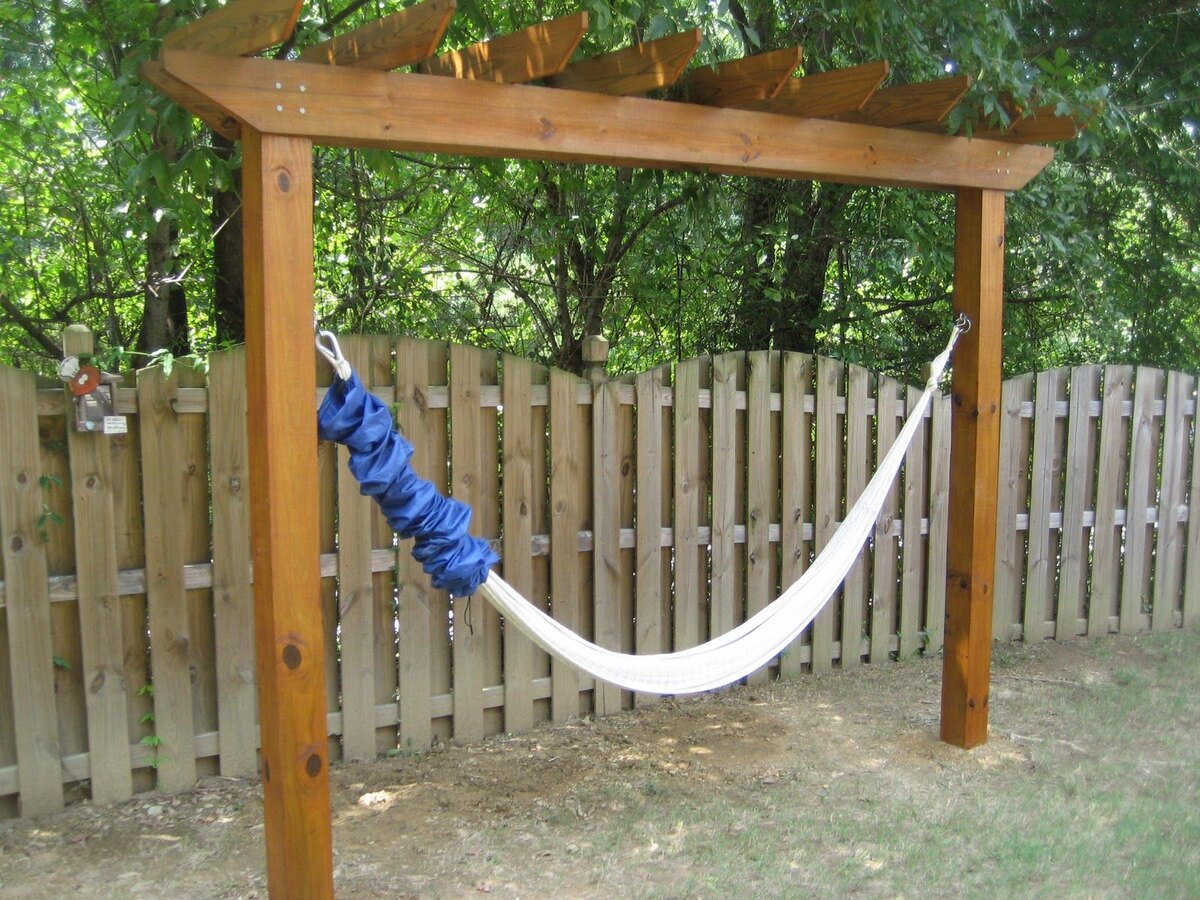
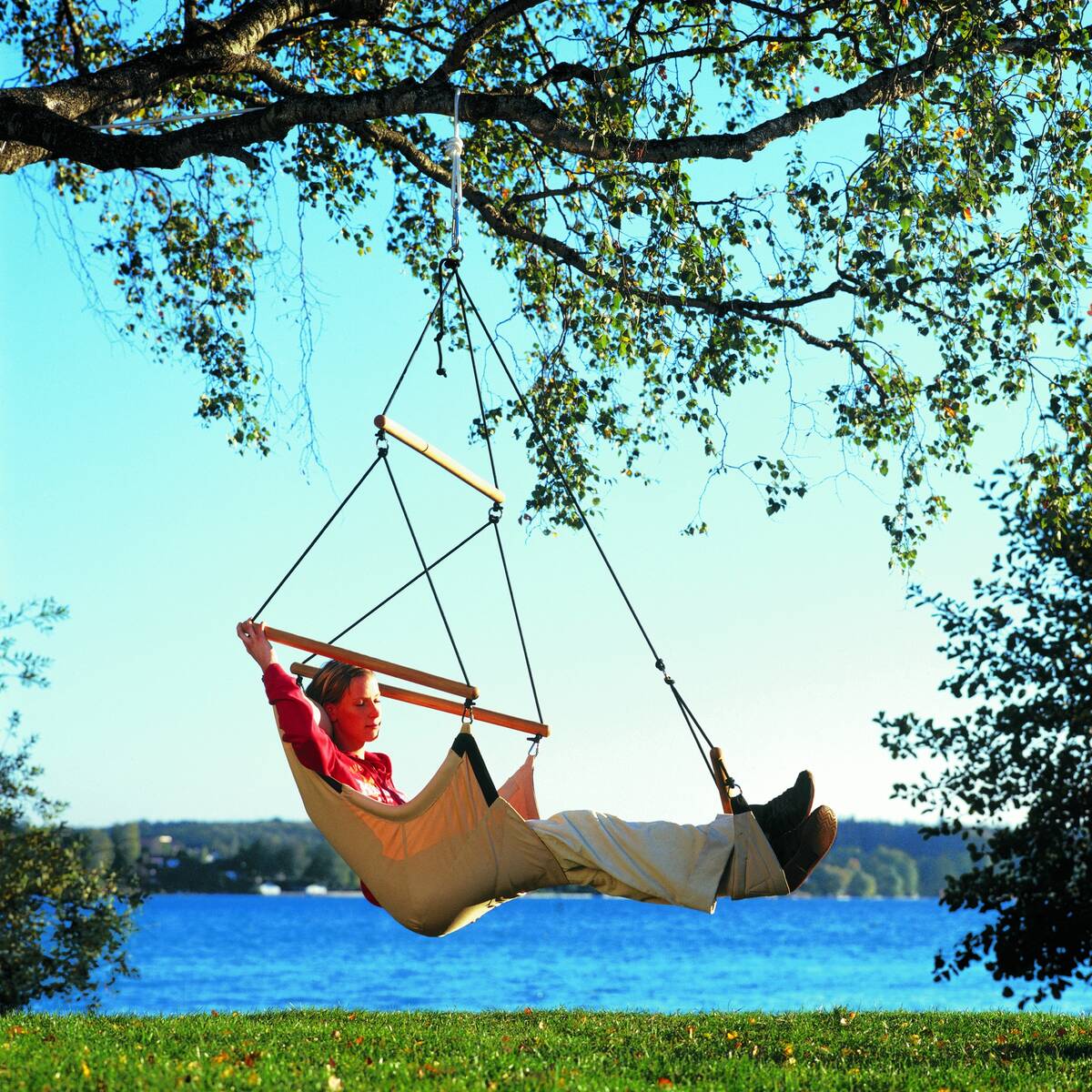
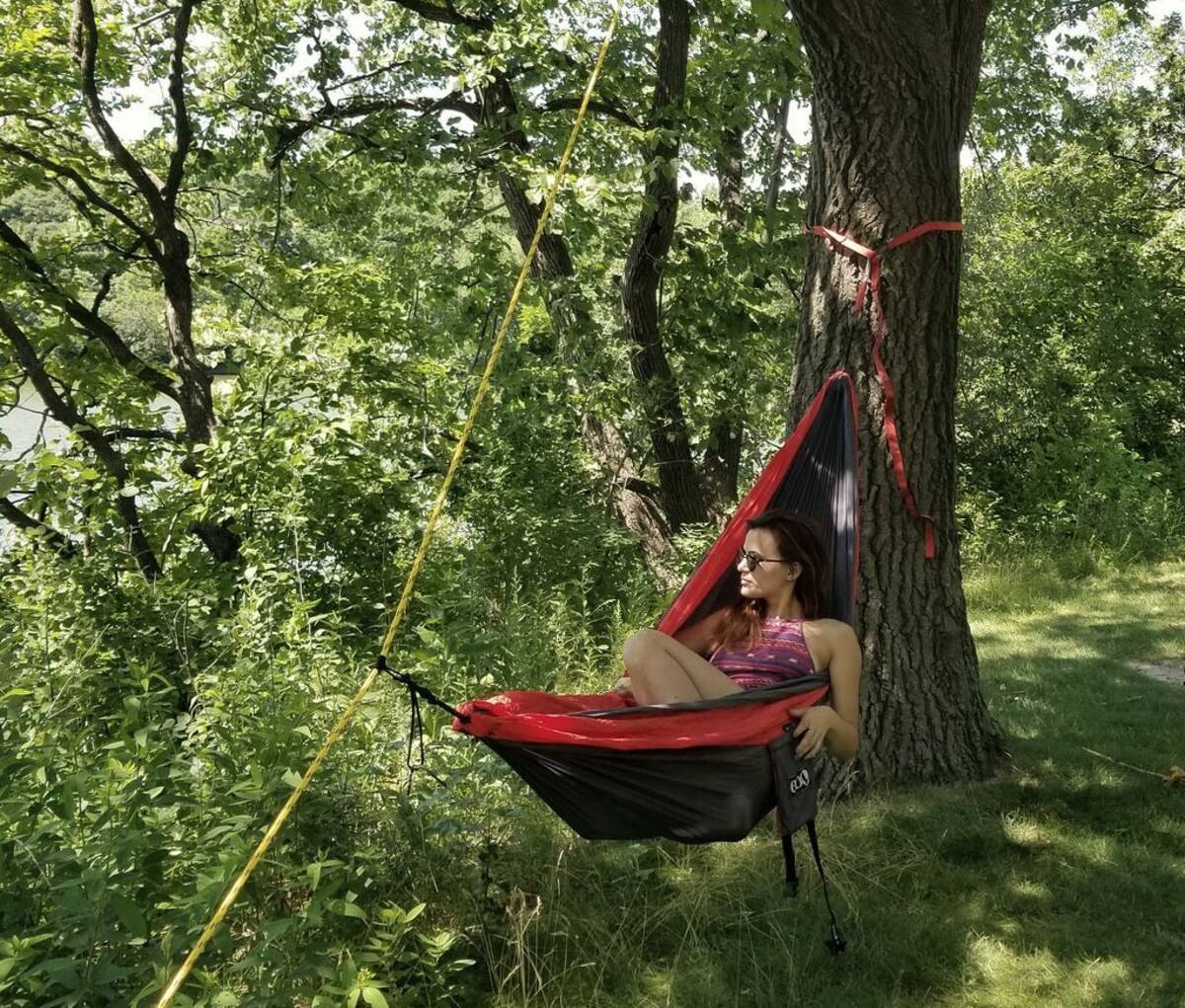


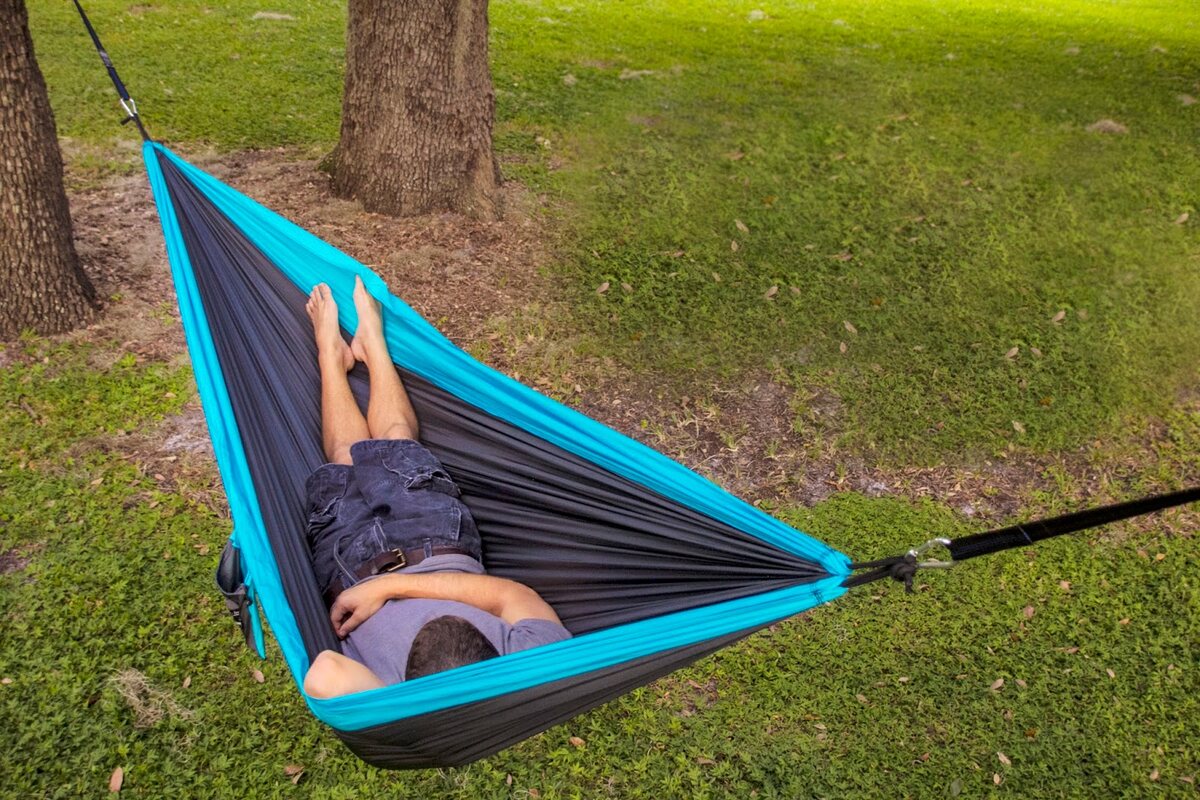
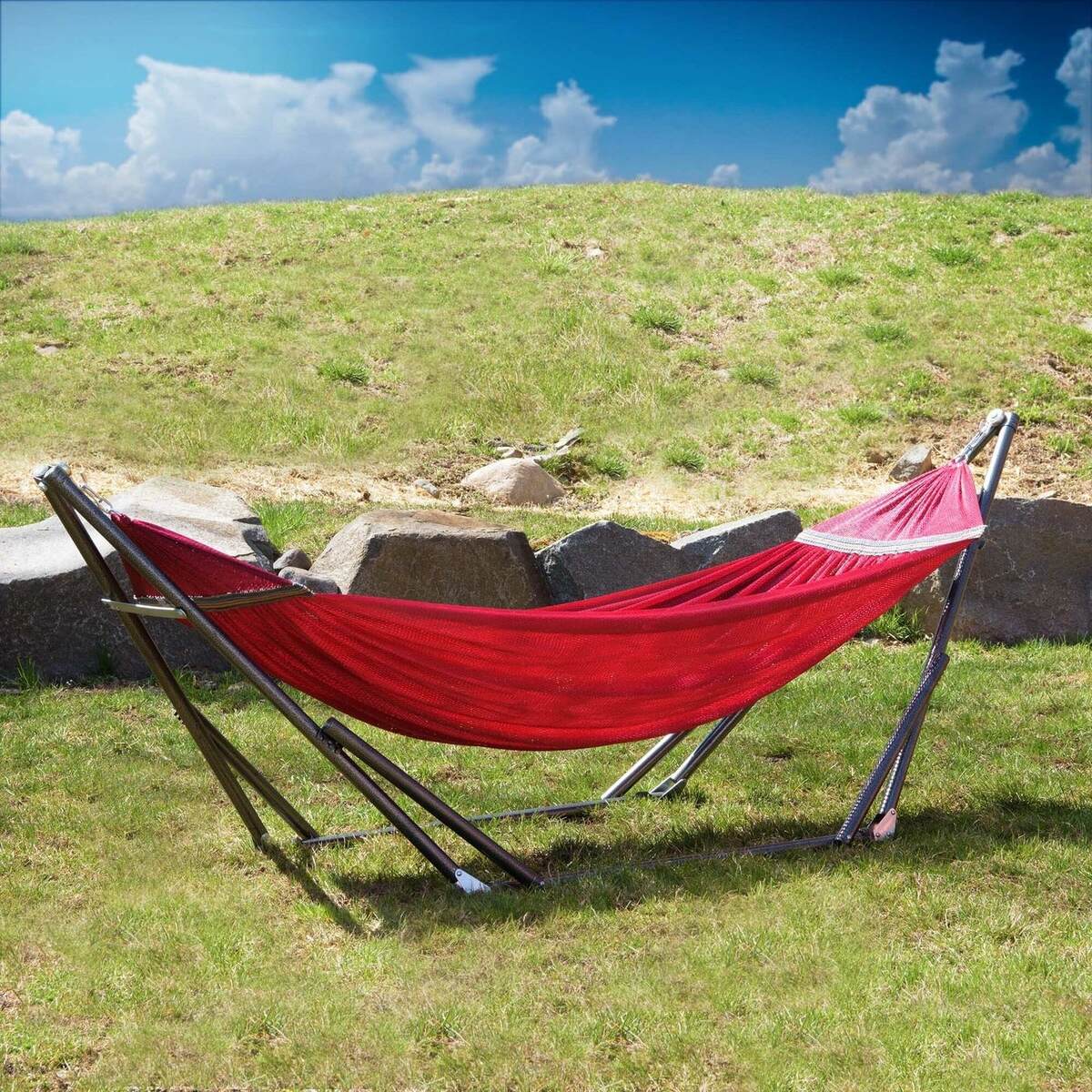


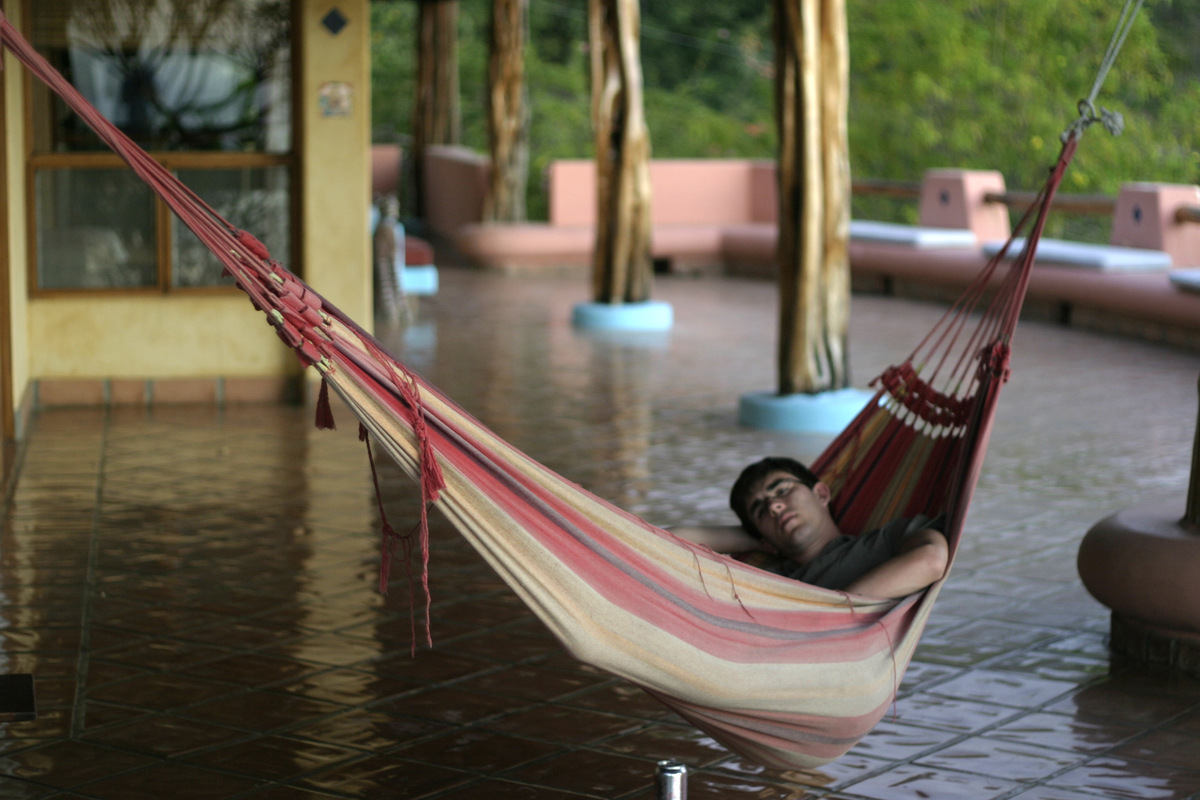


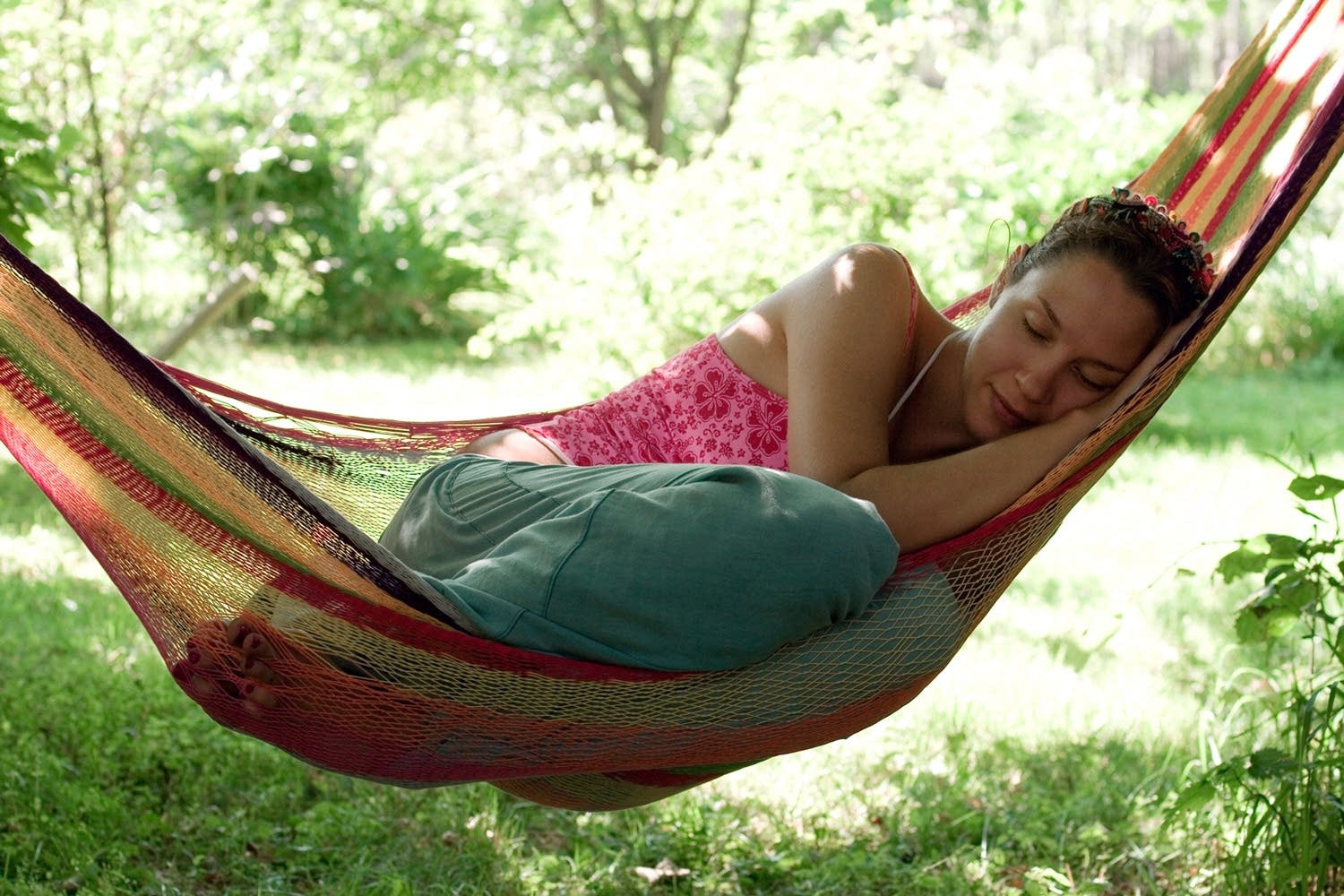
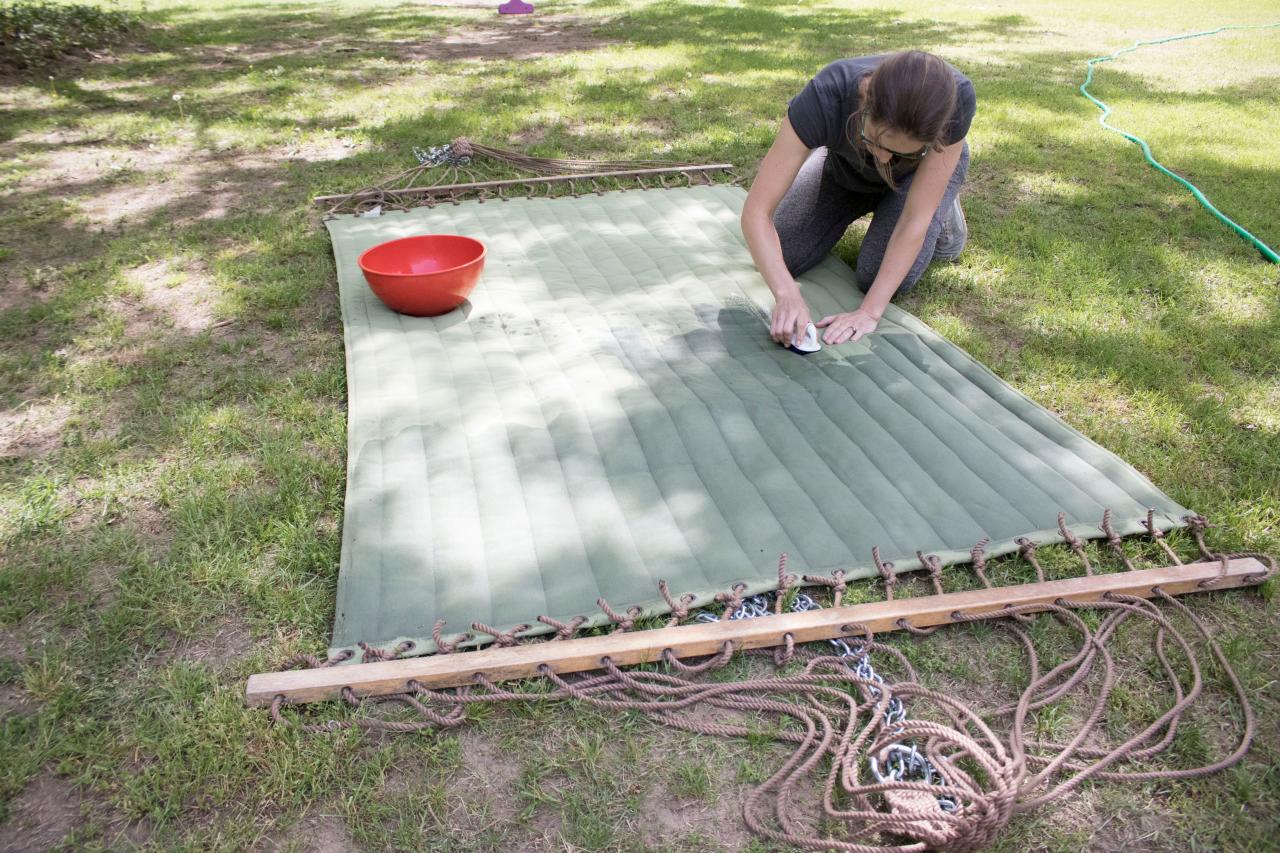

0 thoughts on “How To Attach A Hammock To A Tree”